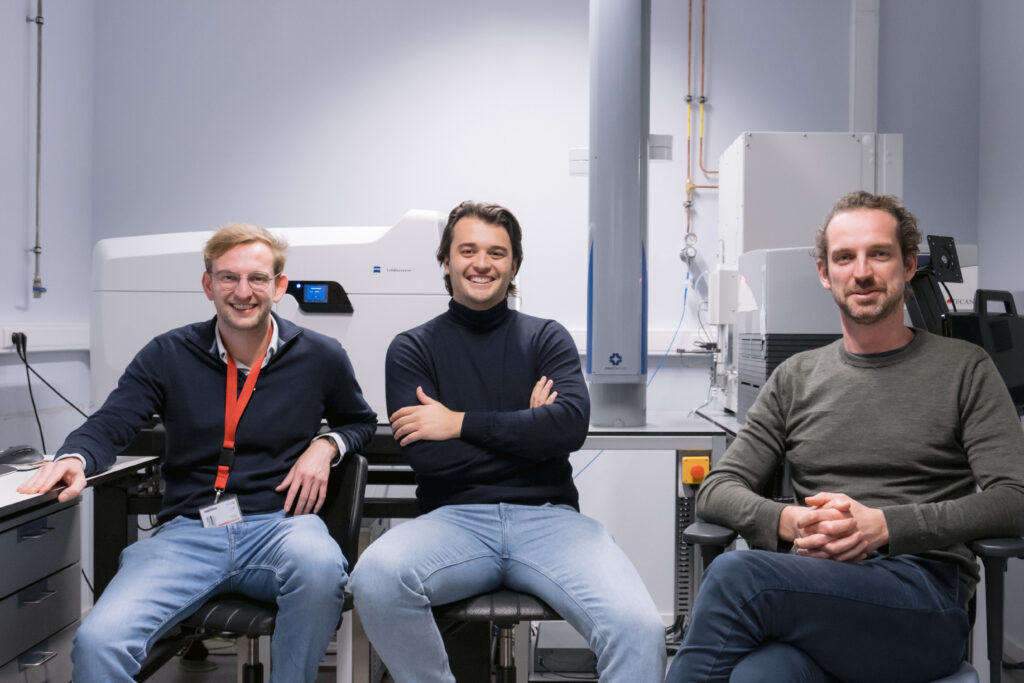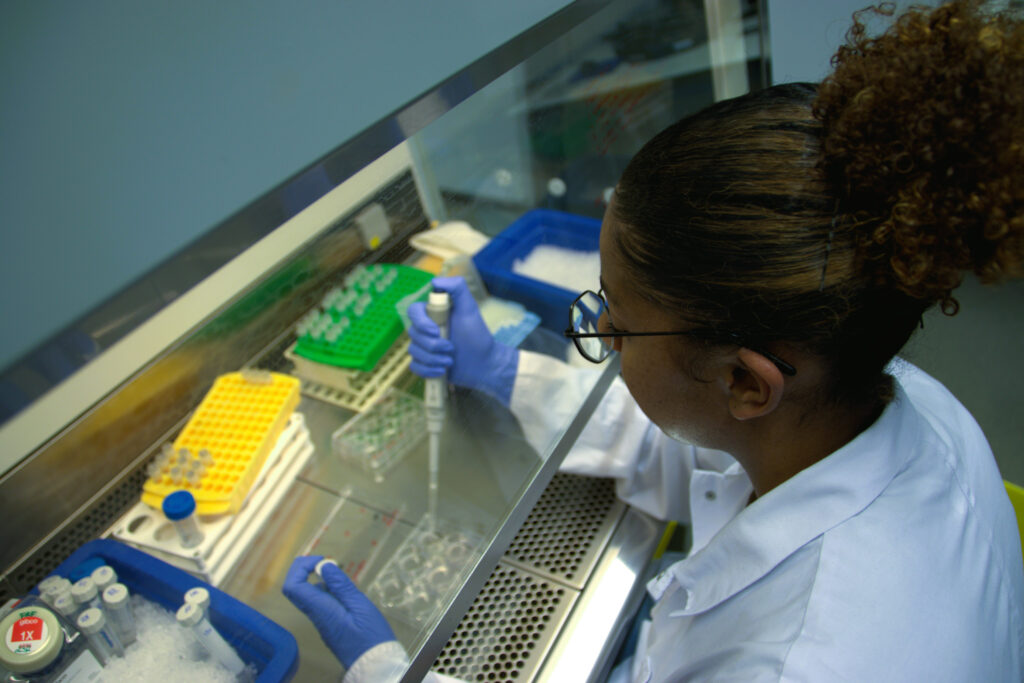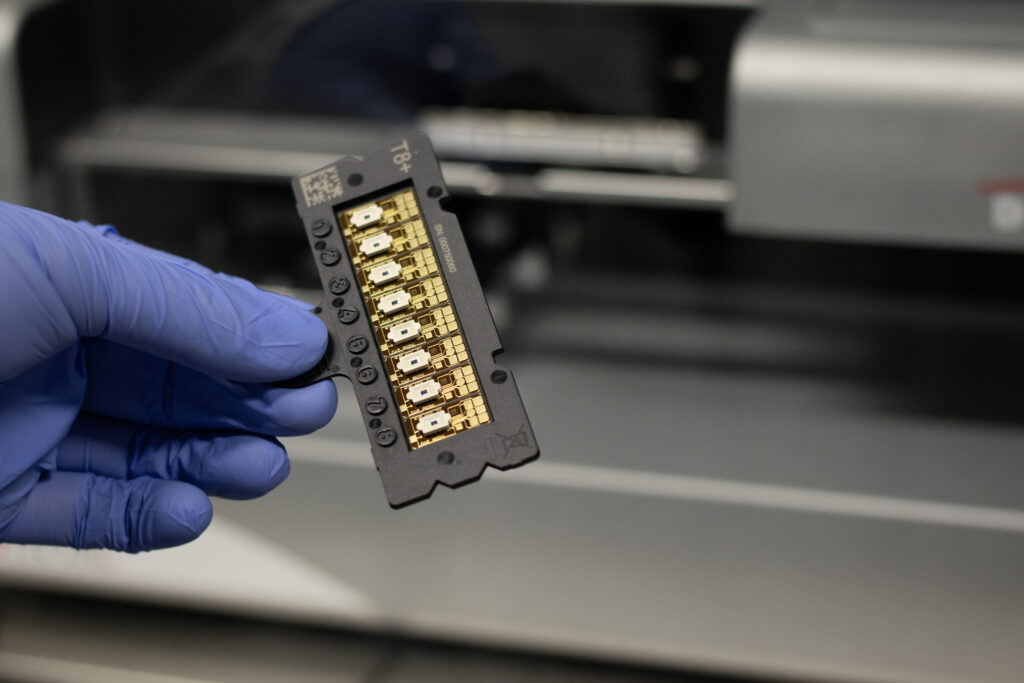Sightera Biosciences accelerates drug discovery with an innovative approach that combines chemical structure analysis with complex patient-relevant preclinical models to design novel therapies. Due to the organization’s exclusive research collaboration with the DrugVision.AI screening platform of the University of Antwerp/UZA, it can produce exclusive datasets from patient-derived models to train its AI-driven engine, focusing on applications in oncology and regenerative medicine.
This innovative company’s discovery platform utilizes machine learning and deep learning to select molecules based on clinical relevance, patentability, biopharmaceutical properties, leading to a cost-efficient small molecule design process. The most promising drug candidates are synthesized and experimentally validated in complex in-vitro and in-vivo models that closely mimic diseases to confirm novel bioactive small molecules. Additionally, Sightera’s drug design approach identifies novel mechanisms of action that are validated via in-silico and in-vitro target analysis combined with multi-omics technology, providing insights for targeted patient population selection. As a result, its platform delivers unique patient-relevant small molecules with high therapeutic potential.

Novel approach to drug discovery
Sightera was born out of a deep-rooted ambition to integrate patient-derived complexity from the very beginning of the drug discovery process. The goal is to design novel small molecules that optimally match the needs of specific patient populations. By integrating complex patient-derived models, artificial intelligence, and its advanced drug screening approach, Sightera uncovers key chemical features and patterns within the relationship between patient-derived biology and the chemical functionalities of drug candidates.
The translation towards these candidates is driven by its dedicated founding team, with Prof. Christophe Deben as a catalyst, bridging academic innovation with real-world therapeutic impact within the unique academic ecosystem of the University of Antwerp/UZA. His expertise and role as Sightera’s CDO will further accelerate the development of relevant patient-biology drug screening data.
In this aspect, the company analyzes diverse existing drugs (from experimental small molecules to standard care of treatment) to design novel, unique potential therapies. Unlike the traditional approach, which primarily focuses on target identification, which resembles a key aspect of the disease mechanism, Sightera places the complexity of the patient from a phenotypic point of view at the start of the drug development process.
“This not only accelerates the development of therapies but also ensures that our preclinical drug candidates are better aligned with patient needs from the very beginning,” explains Maxim Le Compte (Co-Founder and CSO).

Accelerating drug discovery through partnerships
From its Darwin Incubator located at the Wetenschapspark, Niel, Sightera operates a B2B partnership-driven business model designed to bridge the gap between early-stage drug discovery and the pharmaceutical industry’s need for innovative, clinically relevant therapies as high-value assets. Developing a novel small molecule from discovery to market is extremely costly and time-consuming, often exceeding a billion dollars and taking more than a decade. Many biotech startups attempt to bring their own molecules through clinical trials but face high financial risks, long timelines, and uncertain outcomes. Instead of following this high-risk approach, Sightera focuses on its core strengths in early-stage drug discovery and unique intellectual property generation.
By concentrating on hit identification towards the lead optimization phase, which includes MoA identification and in-vivo validation, the company ensures that promising compounds are refined into viable drug candidates before being transferred to pharmaceutical partners. Rather than advancing molecules into clinical development ourselves, Sightera focuses on out-licensing and strategic partnerships with companies that have the resources and expertise to take these assets efficiently forward. This approach allows the company to de-risk drug development for its partners while reinvesting in the continuous improvement of the discovery platform.

The organization’s model has already demonstrated success. It progressed from initial screening to a lead molecule in just months instead of years. This efficiency has attracted interest from big pharmaceutical companies, which acknowledge this innovation and are open to partnering further to develop Sightera’s preclinical assets towards clinically graded products.
Rather than competing with large pharmaceutical companies in clinical development, Sightera maximizes its impact by continuously refining its AI-driven discovery engine and generating valuable intellectual property (unique small molecules, complex datasets, and proprietary algorithms). This allows the organization to operate efficiently, reduce risk, and maintain a scalable model that ensures its discoveries have high value.
By embracing a partnership-based approach, Sightera is positioned as an accelerator of pharmaceutical small molecule innovation, enabling faster and more cost-effective drug discovery while maximizing value for both its partners and the healthcare industry.

Building for the future
Sightera’s mission extends beyond technological innovation; a strong ethical motivation also drives the company. “We aim to improve patients’ quality of life and increase the success rate of drug candidates tested in clinical trials by producing more patient-relevant drugs right from the start of the drug development pipeline,” says Hendrik Vercammen, Co-Founder and CEO. “The first step in drug discovery at Sightera is enthusiasm and a positive mindset, as this is an enormous challenge.” By combining AI with complex experimental patient-derived drug screening data, Sightera discovers innovative potential medicines, thereby trying to tackle these ambitious challenges every day.














